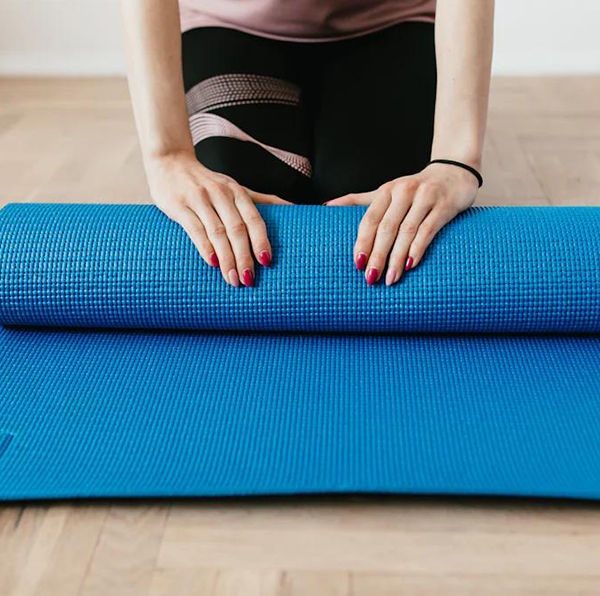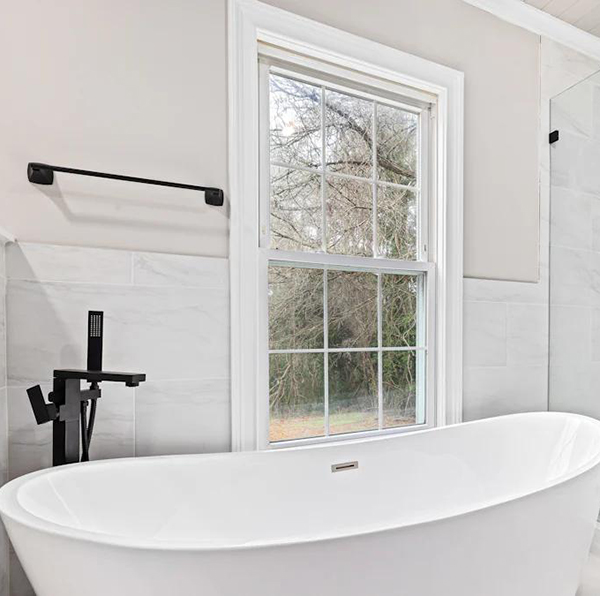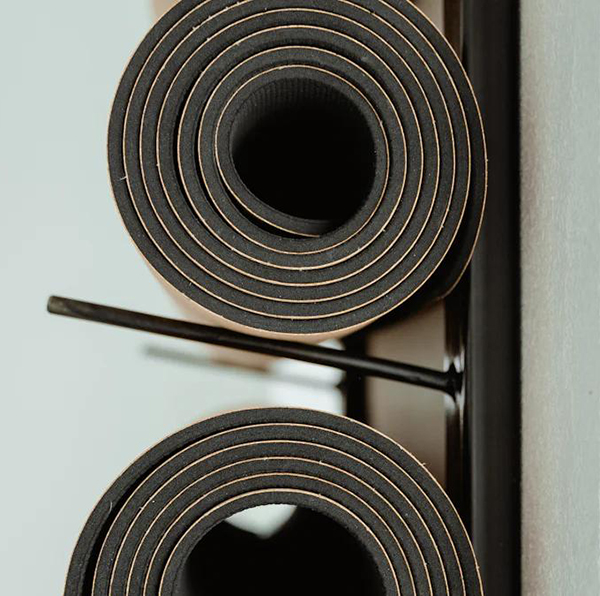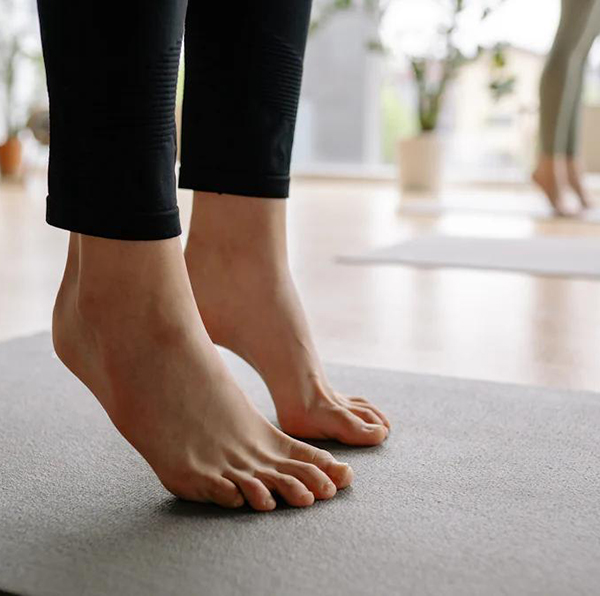How to Pick the Right Non-Slip Yoga Mat with a Bag
Choosing the perfect Non Slip Yoga Mat With Bag can elevate your yoga practice to a whole new level. A high-quality mat ensures stability during poses, minimizing the chances of slipping and potential injuries. It also offers the necessary cushioning to support your joints, particularly during extended sessions. The included bag adds convenience, making it easy to carry your mat whether you're off to a studio or enjoying an outdoor session. When you choose a Non Slip Yoga Mat With Bag that aligns with your needs, it becomes more than just an accessory—it becomes an essential partner in your yoga journey.
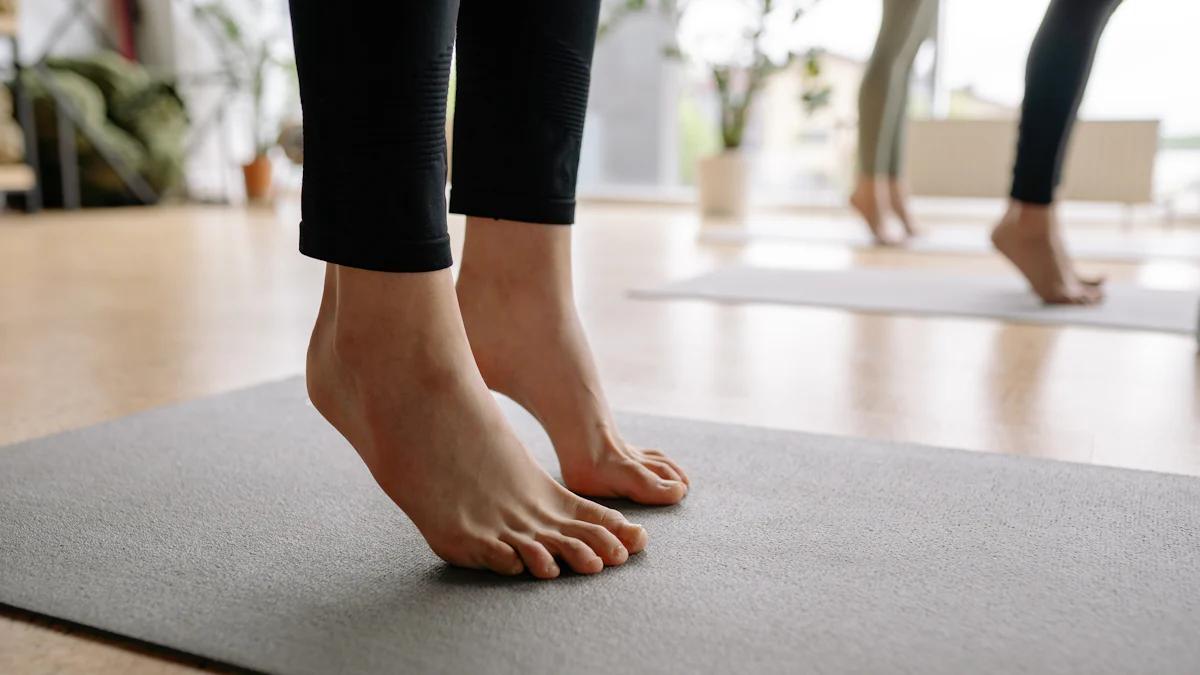
Key Takeaways
● Choose a non-slip surface to enhance stability and prevent slipping during your yoga practice.
● Select a mat material that aligns with your values, such as eco-friendliness or durability, to enhance your overall experience.
● Consider the thickness of the mat based on your comfort needs and practice style; thicker mats offer cushioning, while thinner mats provide better stability.
● Prioritize portability by selecting a lightweight mat that rolls up easily, making it convenient for travel and outdoor sessions.
● Invest in a high-quality bag that protects your mat and offers extra storage for essentials, ensuring a hassle-free yoga experience.
● Match your mat choice to your yoga style; different practices may require varying levels of grip and cushioning.
● Set a budget and look for eco-friendly options that don’t compromise on quality, ensuring a sustainable choice for your yoga journey.
Key Features to Look For in a Non-Slip Yoga Mat With Bag
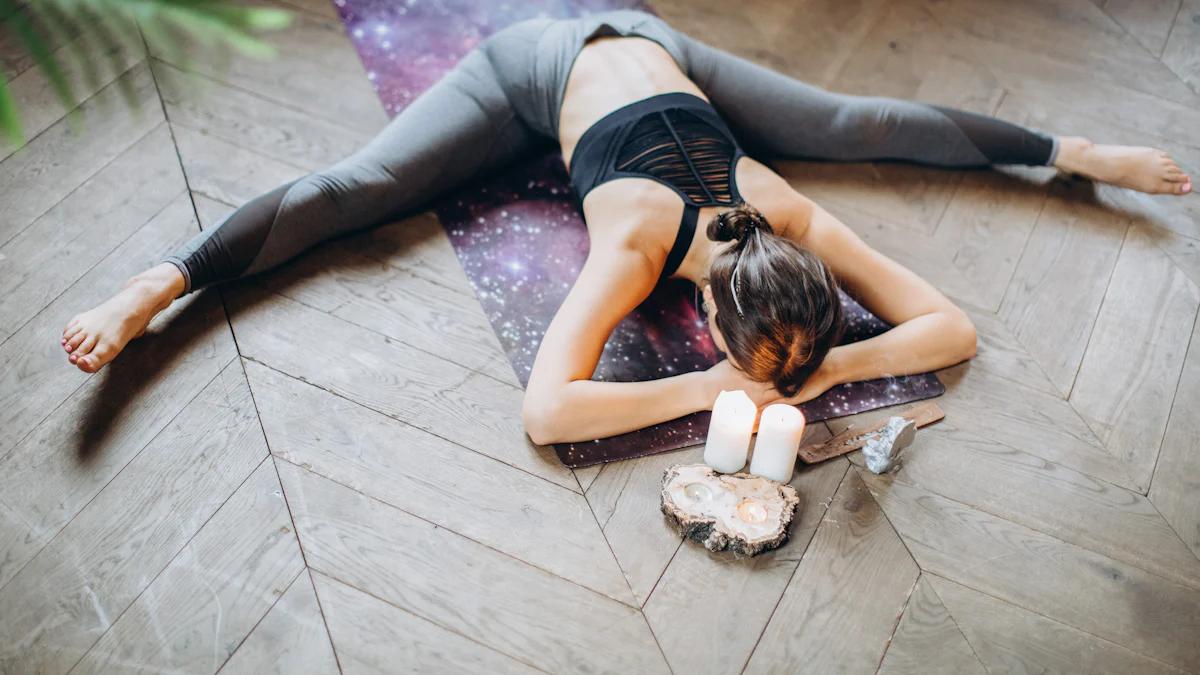
Non-Slip Surface
A reliable non-slip surface is the foundation of a good yoga mat. You need a mat that keeps you steady, even during challenging poses or sweaty sessions. A textured surface often provides better grip, helping you maintain balance and avoid slipping. If you practice hot yoga or tend to sweat a lot, look for mats designed to stay grippy when wet. Testing the mat's surface before buying can give you confidence in its performance. A secure grip ensures you can focus on your practice without worrying about accidents.
Material
The material of your yoga mat plays a big role in its comfort, durability, and eco-friendliness. Common materials include PVC, TPE, natural rubber, and cotton. PVC mats are durable and offer excellent grip, but they may not be the most environmentally friendly. TPE mats are lightweight and recyclable, making them a great choice for eco-conscious yogis. Natural rubber provides a balance of grip and cushioning, though it may have a distinct smell initially. Cotton mats feel soft and breathable but might lack the stickiness needed for certain poses. Choose a material that aligns with your values and needs.
Thickness
The thickness of your yoga mat affects both comfort and stability. Thicker mats, usually around 6mm or more, provide extra cushioning for your joints. These are ideal if you have sensitive knees or practice on hard surfaces. However, thicker mats may reduce stability during standing poses. Thinner mats, typically 3mm to 4mm, offer better connection to the ground, which can enhance balance. If you travel often, a thinner mat is also easier to roll up and carry in your bag. Consider your practice style and physical needs when deciding on the right thickness.
Portability
Portability matters when you’re choosing a Non Slip Yoga Mat With Bag, especially if you’re always on the go. A lightweight mat makes it easier to carry, whether you’re heading to a yoga studio, a park, or traveling. You don’t want to feel weighed down by your gear. Check the mat’s weight before buying. Some mats are designed specifically for travel and fold up compactly, fitting neatly into your bag.
The size of the mat also affects portability. Standard-sized mats work well for most people, but if you’re taller, you might need an extra-long mat. Make sure it still fits comfortably in the bag provided. A bulky mat can make transportation inconvenient, even with a bag. Look for mats that roll up tightly without losing their shape. This feature ensures they stay portable and easy to manage.
If you’re someone who practices yoga outdoors or in different locations, portability becomes even more important. A mat that’s easy to pack and carry encourages you to stick to your routine, no matter where you are. Prioritize portability to make your yoga practice seamless and stress-free.
Bag Quality
The bag that comes with your yoga mat isn’t just an accessory—it’s a key part of the package. A high-quality bag protects your mat from dirt, moisture, and wear. It also makes carrying your mat more convenient. Look for a bag made from durable materials that can handle regular use. A sturdy strap or handle is essential for comfortable transportation.
Ventilation is another important feature. A bag with breathable fabric or mesh panels prevents odors from building up, especially if you store your mat after a sweaty session. This keeps your mat fresh and ready for your next practice. Check the bag’s size as well. It should fit your mat snugly without being too tight. A poorly fitting bag can make packing and unpacking frustrating.
Some bags come with extra pockets for storing small items like keys, a phone, or a water bottle. These added features can make your yoga sessions more convenient. A well-designed bag enhances the overall experience of using your Non Slip Yoga Mat With Bag, ensuring you’re always prepared and organized.
Matching the Mat to Your Needs
Yoga Style
Your yoga style plays a big role in choosing the right mat. If you practice gentle styles like Hatha or Yin yoga, a mat with extra cushioning can provide the comfort you need during long, seated poses. For more dynamic practices like Vinyasa or Ashtanga, a thinner mat with a strong grip helps you stay stable during quick transitions. Hot yoga enthusiasts should look for mats that maintain their non-slip properties even when wet. Think about how you move during your sessions and pick a mat that supports your flow.
Travel vs. Home Use
Where you practice yoga affects the type of mat you need. If you mostly practice at home, a heavier mat with more cushioning might work best. It stays in place and offers extra support for your joints. For those who travel or attend classes, portability becomes essential. Lightweight mats that roll up tightly fit easily into a bag and are easier to carry. Some mats are even designed to fold flat, making them perfect for packing in a suitcase. Consider your routine and choose a mat that fits your lifestyle.
Personal Preferences
Your personal preferences matter just as much as the technical features. Do you prefer a mat with a smooth surface or one with texture? Are you drawn to vibrant colors or calming, neutral tones? The design and feel of your mat can influence how motivated you feel to practice. Eco-conscious yogis might prioritize mats made from sustainable materials. Others may focus on durability or ease of cleaning. Take time to think about what makes you feel comfortable and confident during your practice. A mat that reflects your personality can make your yoga sessions even more enjoyable.
Pros and Cons of Popular Yoga Mat Materials
PVC (Polyvinyl Chloride)
PVC mats are among the most common options available. They offer excellent durability and grip, making them a reliable choice for many yogis. If you’re looking for a mat that lasts through years of practice, PVC might be the way to go. These mats also tend to be budget-friendly, which is great if you’re just starting out.
However, PVC isn’t the most eco-friendly material. It’s made from synthetic plastic, which can take a long time to decompose. If sustainability matters to you, this might not align with your values. PVC mats can also have a strong chemical smell when new, which some people find unpleasant. While they’re easy to clean, they may not provide the same level of comfort as other materials.
Pros:
● Durable and long-lasting
● Excellent grip for stability
● Affordable and widely available
Cons:
● Not environmentally friendly
● May have a chemical odor
● Less cushioning compared to other materials
TPE (Thermoplastic Elastomer)
TPE mats strike a balance between performance and eco-friendliness. They’re lightweight, recyclable, and free from harmful chemicals, making them a popular choice for environmentally conscious yogis. These mats provide a good grip and decent cushioning, ensuring comfort during your practice. Their lightweight nature also makes them easy to carry.
On the downside, TPE mats may not be as durable as PVC or natural rubber. They can wear out faster, especially with frequent use. If you practice intense yoga styles, you might notice signs of wear sooner. Additionally, TPE mats can be more expensive than PVC options, which might not suit every budget.
Pros:
● Eco-friendly and recyclable
● Lightweight and portable
● Comfortable with good grip
Cons:
● Less durable than PVC or rubber
● Higher price point
● May not withstand heavy use
Natural Rubber
Natural rubber mats are a fantastic choice if you prioritize sustainability and performance. They’re made from renewable resources, making them an eco-friendly option. These mats offer excellent grip and cushioning, which is ideal for both stability and joint support. If you practice hot yoga, natural rubber mats maintain their non-slip properties even when wet.
Despite their benefits, natural rubber mats have a few drawbacks. They can be heavier than other materials, which might make them less portable. Some people find the initial rubber smell off-putting, though it usually fades over time. These mats also tend to be pricier, so they may not fit every budget.
Pros:
● Sustainable and eco-friendly
● Superior grip and cushioning
● Great for hot yoga or sweaty sessions
Cons:
● Heavier and less portable
● Initial rubber odor
● Higher cost compared to other materials
Cotton or Jute
Cotton and jute yoga mats bring a natural and earthy vibe to your practice. These mats are made from organic fibers, making them an excellent choice if you value sustainability and eco-friendliness. They feel soft and breathable, which adds comfort during slower-paced yoga styles like Hatha or restorative yoga. If you enjoy a connection to nature while practicing, these mats might resonate with you.
Cotton mats absorb sweat effectively, keeping you dry during your session. This feature makes them a good option for hot yoga or if you tend to sweat a lot. Jute mats, on the other hand, offer a slightly rougher texture, which enhances grip and stability. Both materials are lightweight, so carrying them in a bag feels effortless.
However, these mats come with a few limitations. Cotton and jute lack the stickiness of synthetic materials, which can make holding certain poses more challenging. If you practice dynamic styles like Vinyasa or Ashtanga, you might find these mats less supportive. They also wear out faster than PVC or rubber mats, especially with frequent use.
Pros:
● Eco-friendly and biodegradable
● Soft and breathable for added comfort
● Lightweight and easy to carry
● Absorbs sweat, ideal for hot yoga
Cons:
● Less sticky, reducing grip for dynamic poses
● Wears out quicker with regular use
● Limited cushioning for joint support
If you prioritize sustainability and practice gentle yoga styles, cotton or jute mats could be a perfect match. They offer a unique blend of comfort and eco-consciousness, helping you stay grounded in both your practice and your values.
Benefits of Having a Bag for Your Yoga Mat
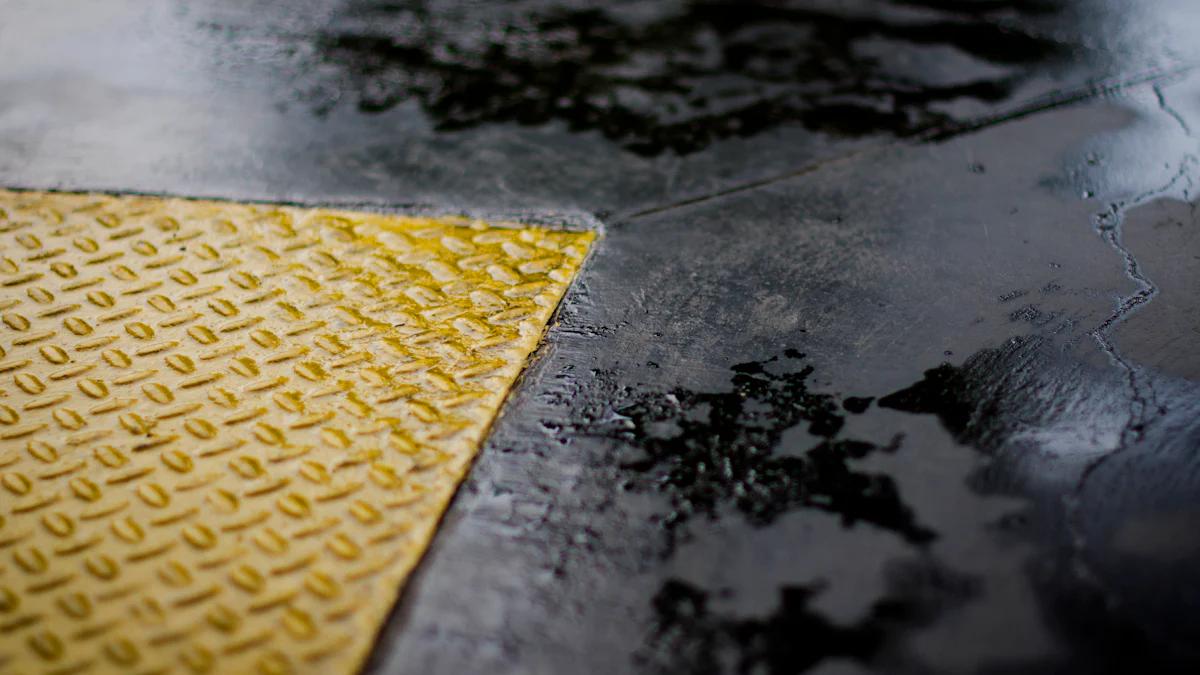
Convenience
A bag for your yoga mat simplifies your routine. You don’t have to struggle with carrying a rolled-up mat under your arm or worry about it unrolling while you’re on the move. The bag keeps everything neat and compact, so you can grab it and go without any hassle. Many bags also come with extra pockets, letting you store essentials like your phone, keys, or water bottle. This means fewer things to carry separately, making your trips to the studio or park much easier. A good bag saves you time and effort, letting you focus on your yoga practice instead of logistics.
Protection
Your yoga mat faces wear and tear from dirt, moisture, and general use. A bag acts as a shield, keeping your mat clean and dry. Whether you’re walking through rain or placing your bag on a dusty floor, the mat stays protected inside. This is especially important if you practice outdoors, where exposure to the elements can damage your mat over time. A bag also prevents scratches or dents that might occur during transportation. By using a bag, you extend the life of your mat and ensure it’s always in good condition for your next session.
Portability
Carrying your yoga mat becomes effortless with a well-designed bag. Lightweight and easy to handle, the bag allows you to transport your mat comfortably, whether you’re heading to a class, traveling, or practicing outdoors. Adjustable straps or handles make it simple to sling the bag over your shoulder or carry it by hand. If you’re someone who’s always on the go, a bag ensures your mat is ready to travel with you. It keeps your gear organized and portable, encouraging you to stick to your yoga routine no matter where life takes you.
Tips for Making the Final Decision
Budget
Your budget plays a big role in choosing the right yoga mat. High-end mats often come with advanced features like superior grip, eco-friendly materials, or extra cushioning. However, you don’t always need to spend a fortune to find a great mat. Plenty of affordable options offer excellent performance and durability.
Start by deciding how much you’re willing to invest. If you’re new to yoga, a mid-range mat might be a good starting point. It gives you quality without breaking the bank. For seasoned yogis, spending a bit more on a premium mat could be worth it for the added comfort and longevity.
Keep an eye out for sales or discounts. Many brands offer deals during holidays or special events. You can also compare prices online to ensure you’re getting the best value. Remember, the most expensive mat isn’t always the best one for your needs. Focus on finding a mat that balances quality and affordability.
Eco-Friendliness
If sustainability matters to you, consider the environmental impact of your yoga mat. Many mats are now made from eco-friendly materials like natural rubber, TPE, or organic cotton. These options are biodegradable and free from harmful chemicals, making them a better choice for the planet.
Look for certifications or labels that indicate a mat’s eco-friendliness. Terms like “non-toxic,” “PVC-free,” or “recyclable” can guide you toward greener options. Some brands even use sustainable packaging, which adds to their environmental appeal.
Choosing an eco-friendly mat doesn’t mean sacrificing quality. Many of these mats offer excellent grip, cushioning, and durability. By opting for a sustainable mat, you’re not only enhancing your practice but also contributing to a healthier environment.
Durability
Durability ensures your yoga mat lasts through countless sessions. A durable mat saves you money in the long run by reducing the need for frequent replacements. Materials like PVC and natural rubber are known for their longevity, making them ideal for regular use.
Think about how often you practice. If you’re a daily yogi, invest in a mat that can handle heavy wear and tear. Check reviews or product descriptions for insights into a mat’s lifespan. Mats with reinforced edges or high-density construction tend to last longer.
Proper care also extends a mat’s durability. Clean it regularly and store it in a bag to protect it from dirt and moisture. Avoid leaving it in direct sunlight, as this can cause some materials to degrade. A well-maintained mat stays in great shape, supporting your practice for years to come.
Choosing the right Non Slip Yoga Mat With Bag can transform your yoga experience. Focus on key factors like material, thickness, and portability to find a mat that suits your practice. Think about your yoga style and daily routine when making your decision. A mat that aligns with your preferences and lifestyle will keep you motivated and comfortable. Take your time, explore your options, and pick a mat that feels like the perfect fit. With the right choice, you’ll enjoy a safer, more effective, and fulfilling yoga journey.





